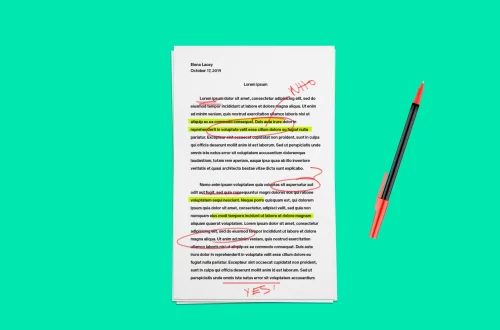Next to tuition, textbooks are one of the dearest expenses a university student will face. University-prescribed textbooks are the cornerstone of the textbook industry—a USD14 billion industry in the United States, and a AUD400 million industry in Australia. The price of textbooks has risen fifteenfold since 1970 and the average university student pays $1,200 in textbook expenses annually (‘Why Textbooks Cost So Much’ 2014).
Why? Simple really.
Prescribed Textbooks Increase Demand
Firstly, prescribed textbooks are just that: prescribed; a student does not have much choice in the matter, other than risking the purchase of a previous edition and shouldering the tedious task of matching page numbers and chapters to the latest prescribed edition. This removes any incentive to provide textbooks at a lower price, at risk of students choosing not to purchase.
Textbook Publishing Monopoly
Secondly, five publishers—McGraw-Hill Education, Houghton Mifflin Harcourt, Pearson, Cengage (formerly Thomson Gale) and Wiley—dominate 80 per cent of the market. These publishers control contracts with wholesalers, authors and bookstores, most crucially in regards to copyright, which grants exclusive rights over printing and distribution, largely blocking potential market entrants (the few attempts at low-cost textbook start-ups have been quickly quashed under a barrage of questionable lawsuits).
Unnecessary Release of ‘Updated’ Editions and Bundles
Publishers undertake a tendering process with universities to have textbooks prescribed, with free copies provided to the relevant lecturers and the institution. This eliminates any incentive for lecturers or institutions to select cheaper textbooks. Simultaneously, publishers practice a business model designed to make previous textbook editions outdated, by frequently (annually or even semi-annually) releasing new editions with minor changes and bundled together with CDs, DVDs, study guides and online study labs (which usually prove to be unnecessary).
Textbook Rental and Trade Back Deals
Due to this combination of minimal demand elasticity and publisher monopoly, textbook prices are resultantly high—as high as $1,000 a book in some disciplines. Consequently, many university bookstores now allow for the rental of textbooks (or trade back deals at the conclusion of semesters) and most universities offer financial assistance for financially disadvantaged students. However, these are treatments for the symptoms of overpriced textbooks rather than the cause: a monopolised textbook publishing and printing industry.
What the Future Holds
Essentially, universities are wholly unconcerned with the costs faced by students, and the dominant textbook publishing companies are loath to suffer any disruption to their lucrative industry. In my humble opinion, the solution lies in free open-licence textbooks and online PDFs (which are already beginning to eat away at the seemingly infallible edifices of the textbook publishing houses). But in the meantime, see our article ‘How to Find Affordable Textbooks’ for a few suggestions to at least minimise your textbook expenses.





